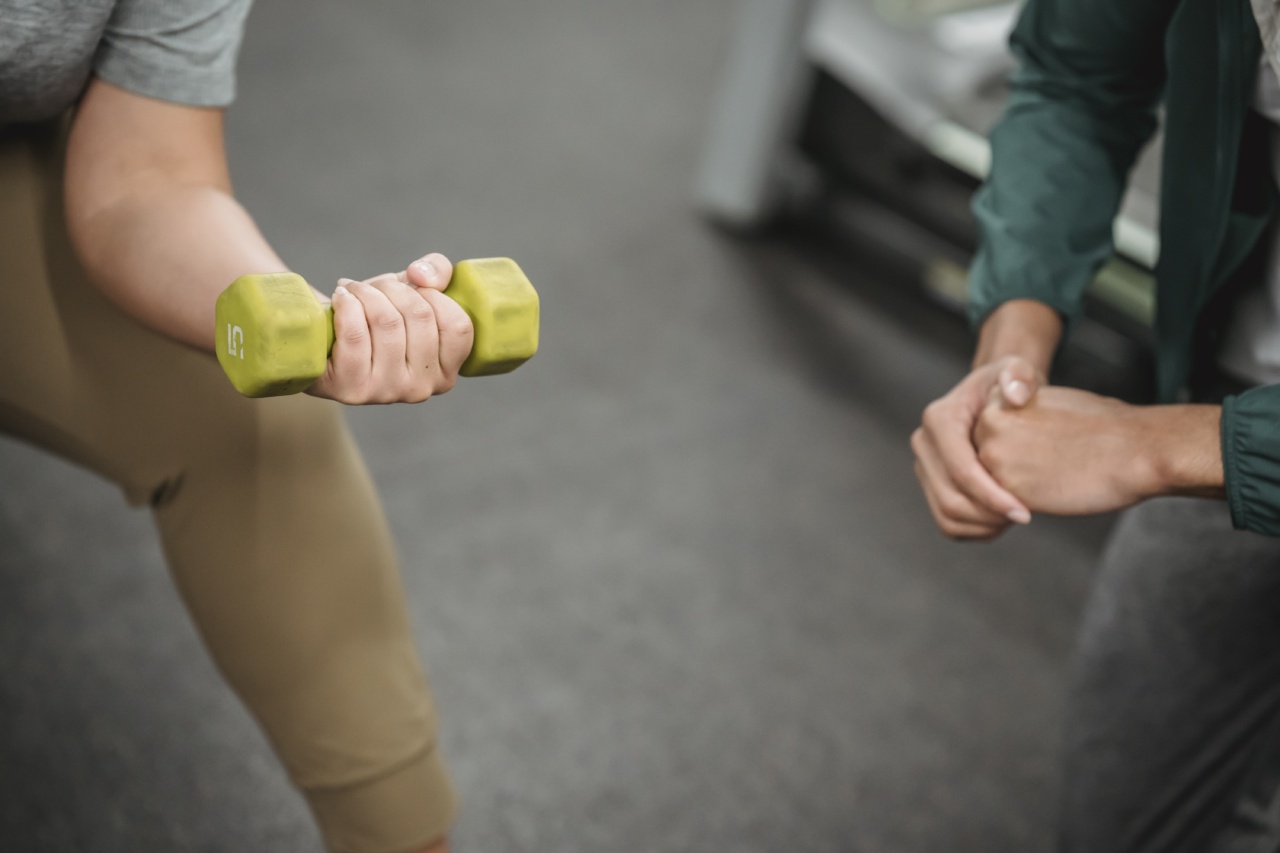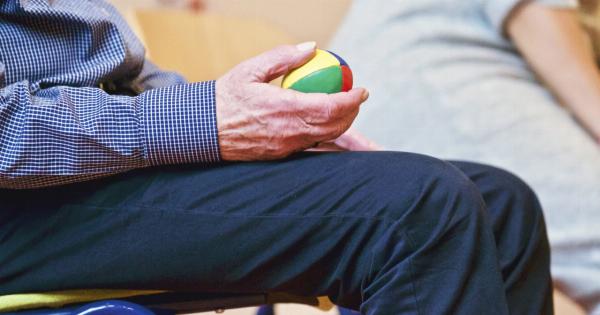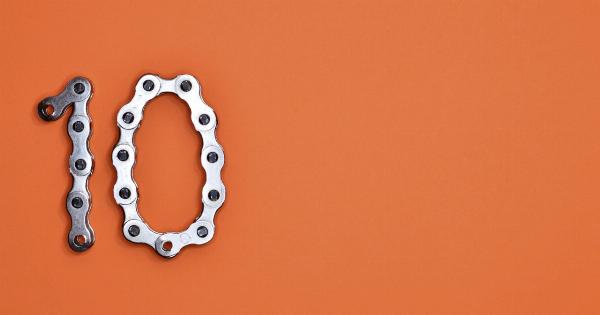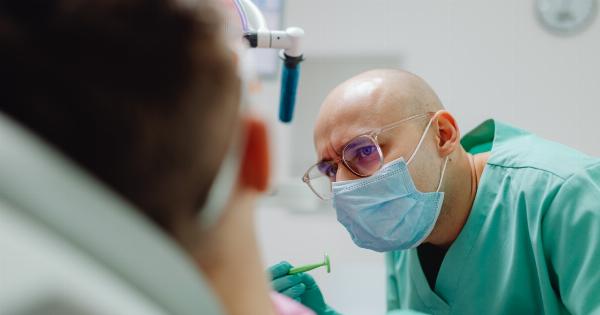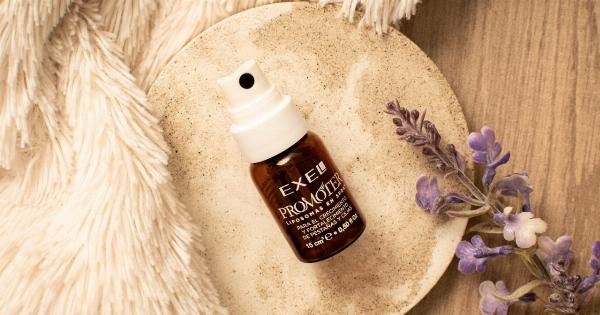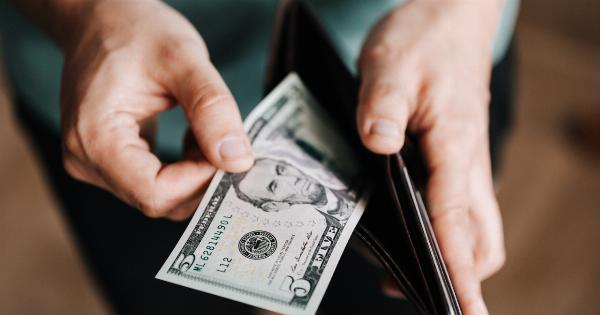Urinary incontinence is a common problem for people of all ages. It affects millions of people worldwide, and it can be a source of embarrassment and frustration.
Bladder control exercises can help strengthen the muscles that support the bladder and improve the ability to control urine flow. These exercises, also known as Kegel exercises, are simple to do and can be done anywhere, anytime, without anyone knowing. This article will discuss what bladder control exercises are and how to perform them correctly.
What are bladder control exercises?
Bladder control exercises or Kegels are simple exercises that focus on the muscles that support the bladder, uterus, and rectum.
These exercises aim to strengthen the pelvic floor muscles, which can weaken due to pregnancy, childbirth, aging, obesity, and other factors. The pelvic floor muscles are a group of muscles that attach to the pelvis and support the organs in the pelvic region, including the bladder.
Why are bladder control exercises important?
Bladder control exercises are important because they can help prevent and improve urinary incontinence.
Urinary incontinence is the involuntary leakage of urine, and it can happen when the bladder is full, or when the body undergoes physical exertion, such as coughing, sneezing, or laughing. This can be a significant problem for many individuals who feel embarrassed and ashamed, and it can severely impact their quality of life.
Bladder control exercises can also improve sexual function in women and help prevent pelvic organ prolapse, a condition where the pelvic organs, such as the bladder, uterus, or rectum, start to drop down into the vagina.
In men, Kegel exercises can help improve erectile dysfunction and premature ejaculation.
How to perform bladder control exercises
Bladder control exercises are easy to perform, and they can be done anywhere, anytime, without anyone noticing. Here’s how to do Kegel exercises:.
1. Identify the pelvic floor muscles: The first step is to identify the muscles that control urine flow. To do this, next time you urinate, try to stop the flow of urine midstream.
The muscles that you use to do this are the pelvic floor muscles that you need to focus on during bladder control exercises.
2. Get in position: Once you have identified the pelvic floor muscles, get into a comfortable position. You can either lie down, sit, or stand. Ensure that your legs are apart, and your muscles are relaxed.
3. Squeeze and hold: Squeeze the pelvic floor muscles and hold for three to five seconds. Avoid holding your breath or tensing your abdominal, thigh, or buttock muscles while doing this. Only focus on the pelvic floor muscles.
4. Release: Release the pelvic floor muscles and rest for a few seconds before doing another set. Aim for ten repetitions in a row, three times a day.
Tips for success
Here are some tips to help you be successful with bladder control exercises:.
- Start small: Begin by doing two or three sets of ten repetitions a day, and gradually increase the number of sets and repetitions.
- Make it a habit: Incorporate bladder control exercises into your daily routine. For example, you can do Kegels while brushing your teeth, watching TV, or waiting in line.
- Be patient: It may take several weeks or months before you see any improvement in urinary incontinence or sexual function.
- Consult your doctor: If you have any concerns about bladder control exercises or are unsure if they are appropriate for you, speak to your healthcare provider.
Conclusion
Bladder control exercises are an essential part of maintaining urinary and sexual function. They are simple to do, do not require any equipment, and can be done anywhere, anytime, without anyone knowing.
Incorporating these exercises into your daily routine can help strengthen the muscles that support the bladder and improve urinary incontinence and sexual function. If you are experiencing urinary incontinence, speak to your healthcare provider for additional treatment options.
